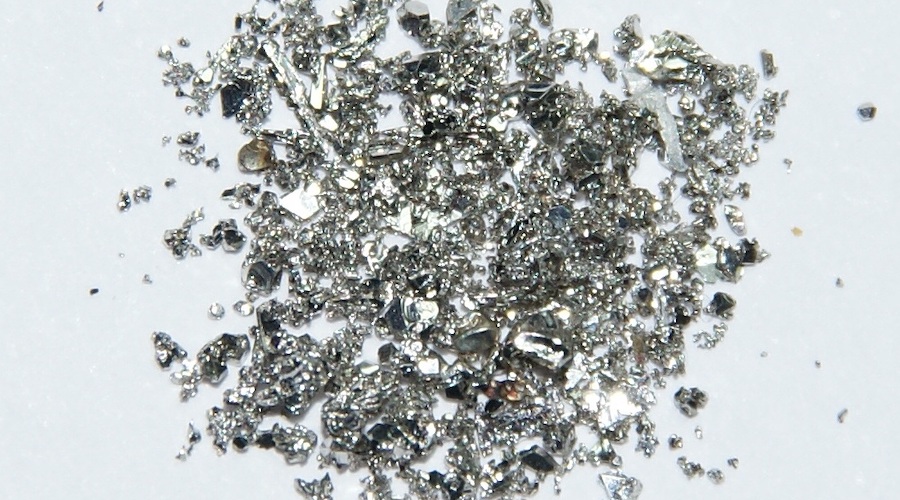
Traditionally, catalysts are divided into homogeneous, when catalytic centres are intimately mixed with reactant molecules, and heterogenous, where reactions take place on the surface of a catalyst. Usually, chemists must make compromises when choosing one type or another, as homogeneous catalysts are more selective and active, and heterogenous catalysts are more durable and reusable.
However, according to the team led by Jesum Alves Fernandes, who is a Propulsion Futures Beacon Nottingham Research Fellow, the nanoclusters of palladium atoms appear to defy the traditional categories, as demonstrated by studying their catalytic behaviour in the reaction of cyclopropanation of styrene.
In Alves Fernandes’ view, the high demand for catalysts means that global supplies of many useful metals, including gold, platinum and palladium, are become rapidly depleted
Alves Fernandes and his group used analytical and imaging techniques to probe the structure, dynamics, and chemical properties of the nanoclusters, to reveal the inner workings of this unusual catalyst at the atomic level.
Their discovery holds the key to unlocking the full potential of catalysis in chemistry, leading to new ways of making and using molecules in the most atom-efficient and energy-resilient ways.
“We use the most direct way to make nanoclusters, by simply kicking out the atoms from bulk metal by a beam of fast ions of argon – a method called magnetron sputtering,” Alves Fernandes said in a media statement. “Usually, this method is used for making coatings or films, but we tuned it to produce metal nanoclusters that can be deposited on almost any surface. Importantly, the nanocluster size can be controlled precisely by experimental parameters, from a single atom to a few nanometres, so that an array of uniform nanoclusters can be generated on demand within seconds.”
According to the researcher, metal clusters surfaces produced by this method are completely ‘naked,’ and thus highly active and accessible for chemical reactions leading to high catalytic activity.
Catalysts enable nearly 80% of industrial chemical processes that deliver many products, from materials such as polymers and pharmaceuticals right through to agrochemicals including fertilizers and crop protection.
In Alves Fernandes’ view, the high demand for catalysts means that global supplies of many useful metals, including gold, platinum and palladium, are become rapidly depleted. The challenge is, therefore, to utilize each-and-every atom to its maximum potential.
“Exploitation of metals in the form of nanoclusters is one of the most powerful strategies for increasing the active surface area available for catalysis. Moreover, when the dimensions of nanoclusters break through the nanometre scale, the properties of the metal can change drastically, leading to new phenomena otherwise inaccessible at the macroscale,” the scientist said in the statement.
Larger project
Alves Fernandes also mentioned that University of Nottingham is joining three other universities who are embarking on a large-scale project to expand on this work with research that will lead to the protection of endangered elements.
‘Metal Atoms on Surfaces & Interfaces (MASI) for Sustainable Future’ is the name of the project and it is founded on the fact that metal nanoclusters are activated for reactions with molecules that can be driven by heat, light or electric potential, while tuneable interactions with support materials provide durability and reusability of catalysts.
In particular, MASI catalysts will be applied for the activation of hard-to-crack molecules (e.g. N2, H2 and CO2) in reactions that constitute the backbone of the chemical industry, such as the Haber-Bosch process.
“This method of catalyst fabrication is important not only because it allows the most economical use of rare metals, but it does it the cleanest way, without any need for solvents or chemical reagents, thus generating very low levels of waste, which is an increasingly important factor for green chemical technologies,” the media brief states.




